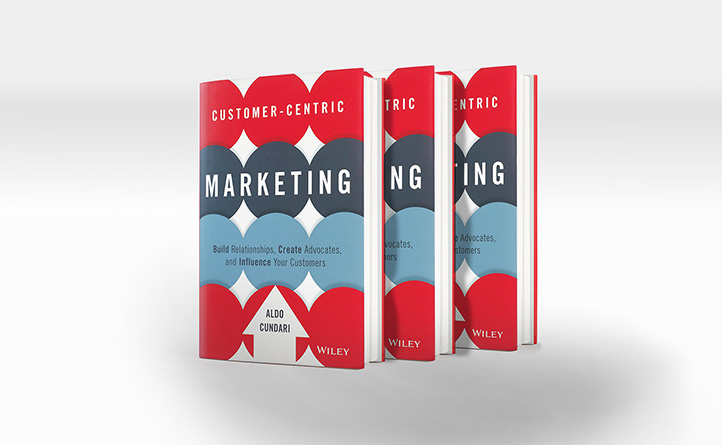
The Rise of the Brand Advocate
October 15, 2015
Author: Aldo Cundari
Publication: Marketing Magazine
Originally published on August 17, 2015
With 35 years’ experience running one of Canada’s most successful and respected independent advertising agencies, Aldo Cundari has seen a lot, learned even more and accumulated an impressive reservoir of industry understanding and wisdom. He’s applied that insight and knowledge to a new book from Wiley titled Customer-Centric Marketing: Build Relationships, Create Advocates, and Influence Your Customers.
The book offers actionable advice for marketers trying to make sense of the consumer-brand dynamics radically reinvented in the digital age. Marketing will share a series of excerpts from Customer-Centric Marketing over the next few weeks.
In the third chapter, “Customer Relationships Have Changed: The decline of brand trust and rise of the brand advocate,” Cundari explains how larger societal and technological transformations, combined with a general drop in consumer confidence in brands, has made finding and nurturing brand advocates an essential prerequisite for brand success.
THE RISE OF THE BRAND ADVOCATE
One of the most important outcomes of this digital transformation is the rise of a new and very powerful customer—the Advocate.
Once known as Evangelists, these customers have dramatically increased their importance to your brand. With a globe gone digital and the power of social media, they have a platform to make their point of view known to everyone. Advocates have become incredibly valuable assets. Representing 16 to 20% of your customer base, they are brand believers and supporters, and in that role, influence the remaining 80 to 84% of your customers. Advocates are customers who write about your brand and share it with their personal, social, and business networks. You obviously need them on your side, because they have a disproportionate impact on persuading others to engage with and believe in your brand.
Getting the word out through customer endorsements is a prerequisite for brand success today. According to Everett Rogers’s Diffusion of Innovation Adoption Curve, each category of adopters acts as an influencer and reference group for the next group. Rogers’s theory was expanded by Chris Maloney to the “Maloney 16 Percent Rule.” He states that once you reach a 16% adoption rate for any innovation, it’s time to change your messaging strategy from one based on scarcity to one based on social proof, in order to accelerate over the chasm and reach the masses. In this scenario, Advocates play a critical role in moving brands into new customer territories.
When I apply this thinking to a customer-centric context, it reminds me of how throwing a stone into a pond creates ripples that move outward in ever-increasing circles from the center to the pond’s edge. Exchange the stone for an Advocate’s positive post or recommendation, and you get an idea of how digital word of mouth works in today’s connected world, and how Advocates’ messaging accelerates your brand across the chasm.
These Advocates are your evangelists and sharecasters, and when given the right content, they will reshape it and spread it—it becomes a permanent repository of comments from your most valuable customers. Advocates are the early adopters of your product and will provide clear and concise feedback on the product. They will also be staunch defenders of your brand when it is attacked.
Because today’s customers behave quite differently from those in the past, winning them and persuading them to become Advocates can be difficult. Customers have changed from being passive to being active and engaged, and Advocates exist on a level above that. It takes time and a disciplined series of interactions to build the right conditions for customer engagement, let alone advocacy, and it’s never a conventional product message.
Increasingly, your organizational values and vision play an integral part in creating a relationship. Advocates, more than other customers, are examining and testing them regularly to make sure they continue to resonate with their own beliefs before they make a decision. That’s the starting point, and the relationship will change and evolve as you move through awareness, engagement, and attachment to Advocate stages of the customer relationship process. Only when they have bought, tried, and had a positive experience with your offering will they consider becoming an Advocate for your brand.
1. Awareness: The starting point is always awareness. What do customers know about the brand and what the brand stands for? What are they saying to each other? Do they visit your website? How many page views? What is the visit duration? What do customer interest levels suggest?
2. Engagement: Beyond awareness, are customers interacting with you, clicking through ads, signing up for experiential events, registering with contact information, following social media feeds, and so on?
3. Attachment: Have customers strengthened their relationship and interacted with the brand by posting, blogging, and commenting/responding about the brand?
4. Advocate: The last stage is when they become Brand Advocates and are actively recommending you to friends, sending links, posting on social media, or participating in the brand user community.